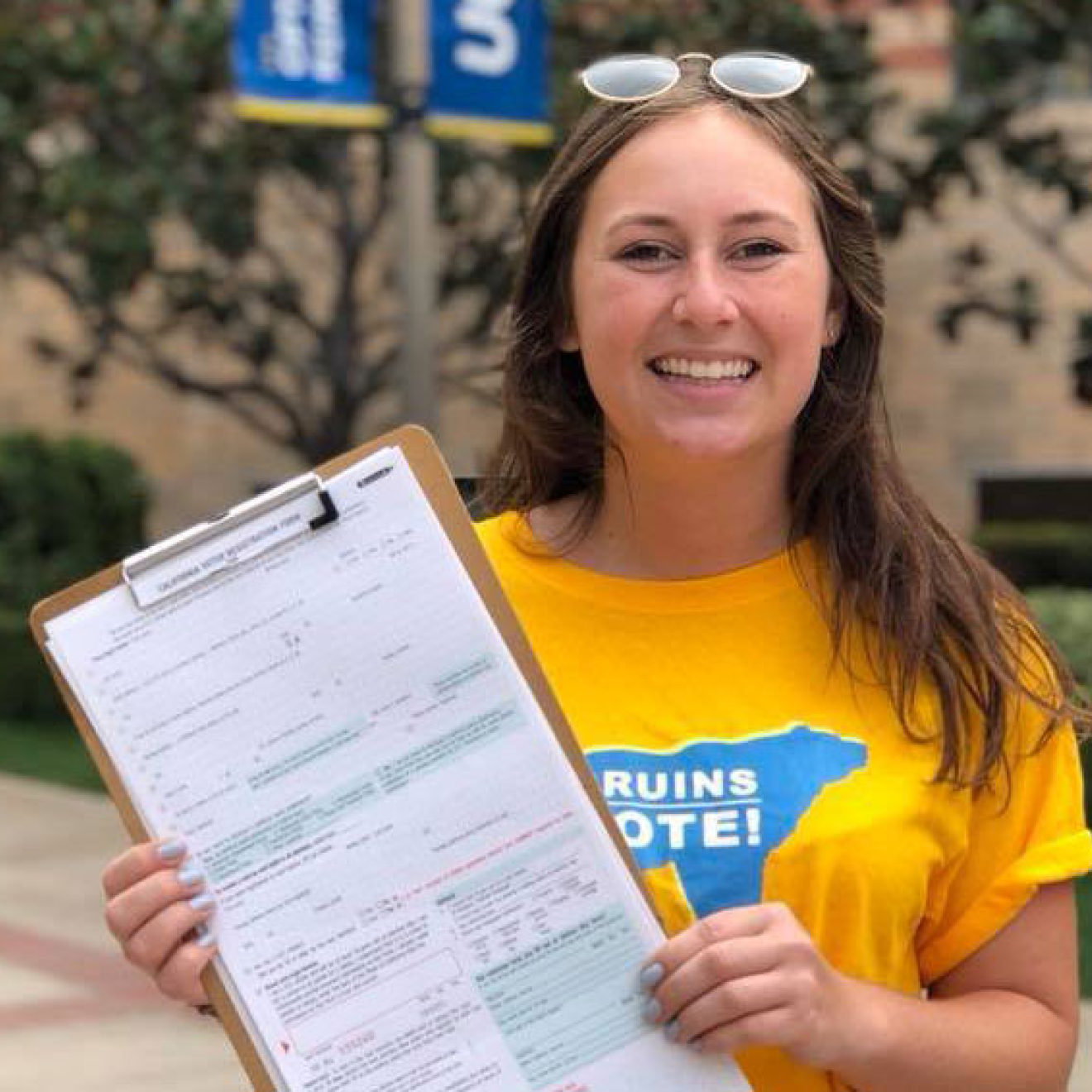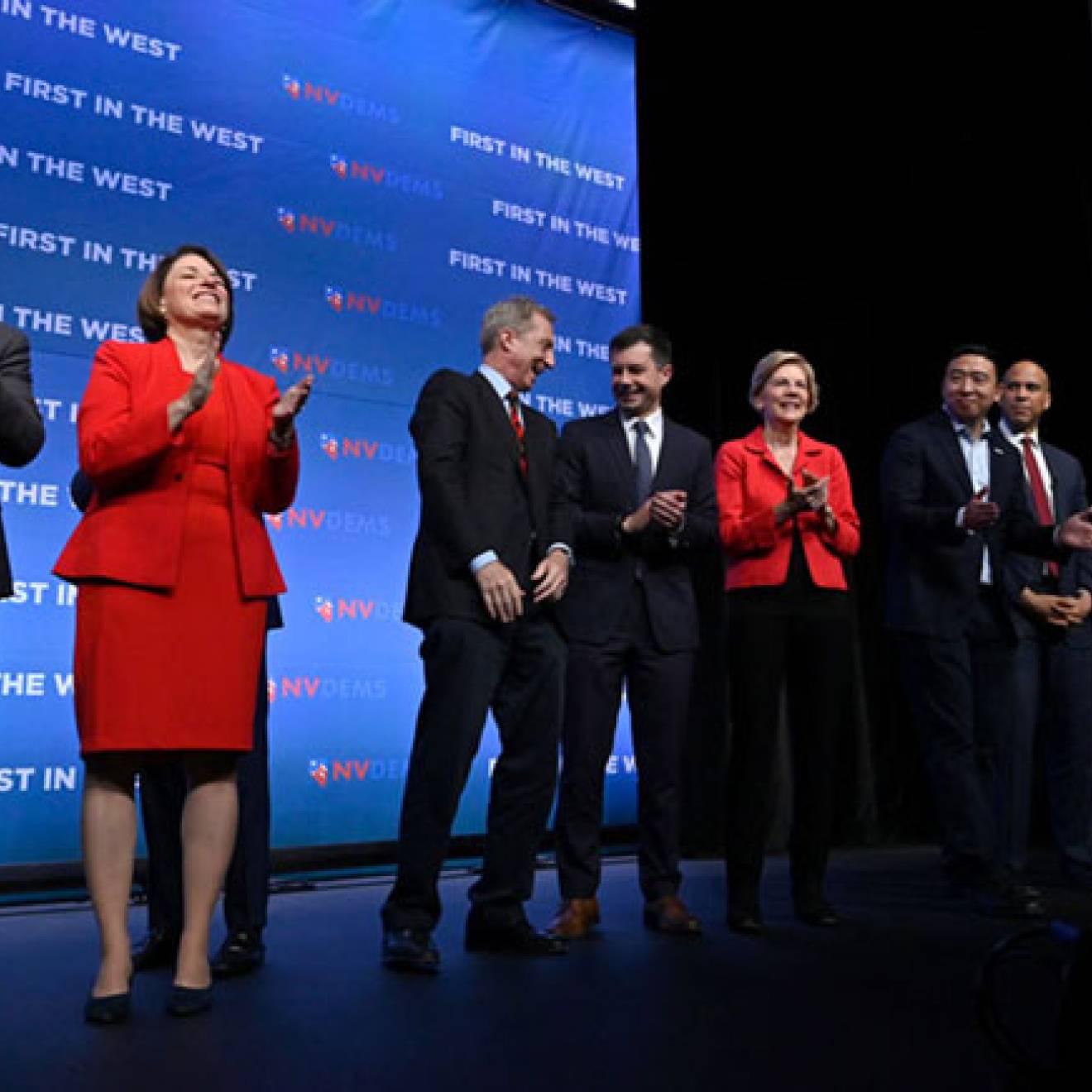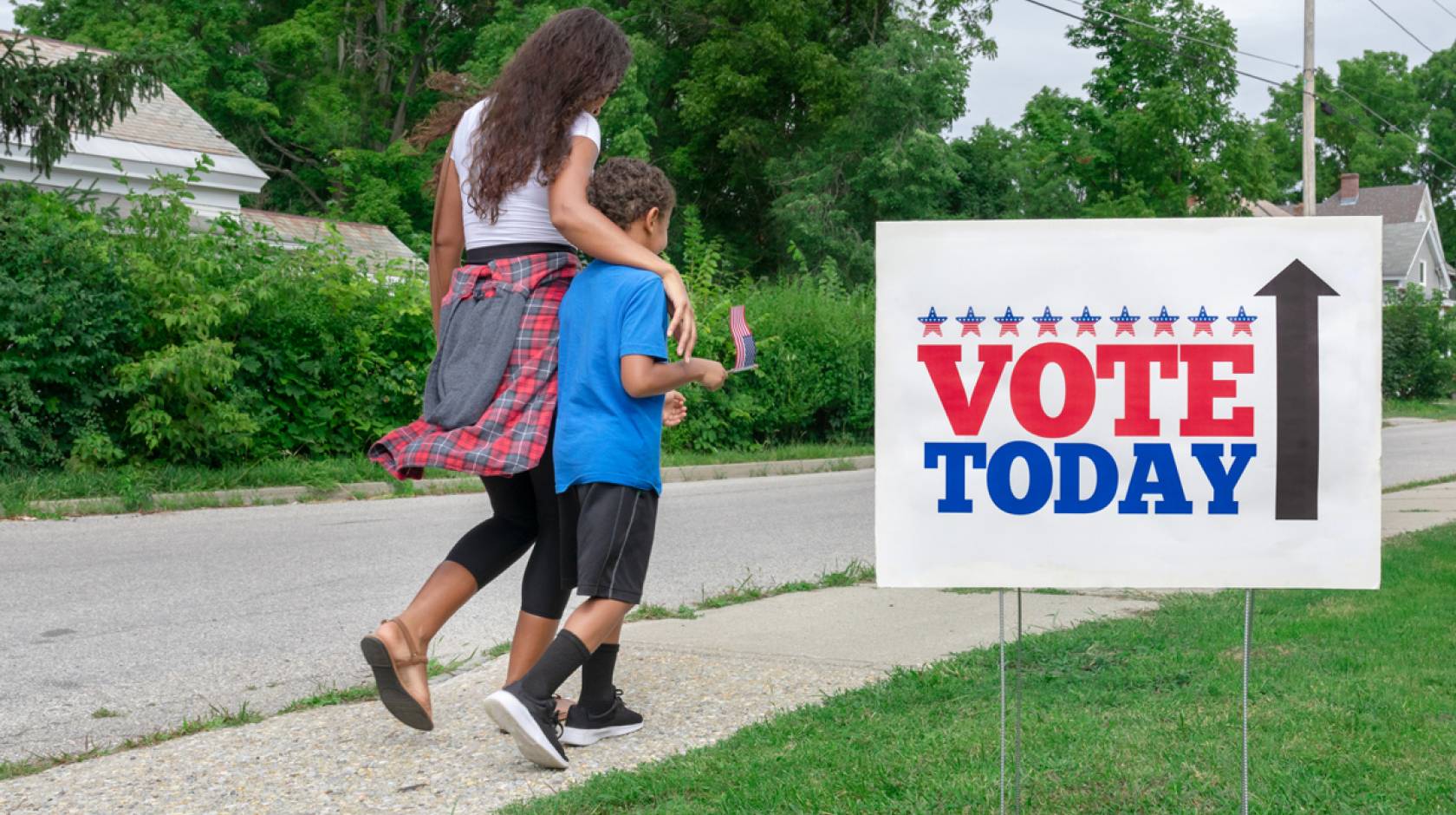
It took decades of fighting for women in the United States to win the right to vote. Today, more women than ever are turning out for elections, running for office and influencing public policy at the ballot box.
But the fight isn’t over, says UC Davis historian Lisa Materson, who studies women’s political history. Some women remain disfranchised. And we are seeing efforts across the nation to make voting harder. You know your vote matters if people are trying to keep you from using it, she says.
With a midterm election approaching, we sat down with Materson to learn more about the history of women’s voting rights, and how women exert influence, then and now.
Q: How did politics change with the passage of the 19th Amendment, which extended to women the right to vote?
A: Many people are surprised to learn that women's enfranchisement didn't happen in a single moment in the United States with the 19th Amendment’s enactment in 1920. Women’s voting rights took different shapes across the 19th and the 20th centuries, and they continue to evolve today.
There were many localities where women were voting at the municipal, state, and even federal levels before the 19th Amendment. In Illinois, for instance, women cast their first ballots for president in 1916.
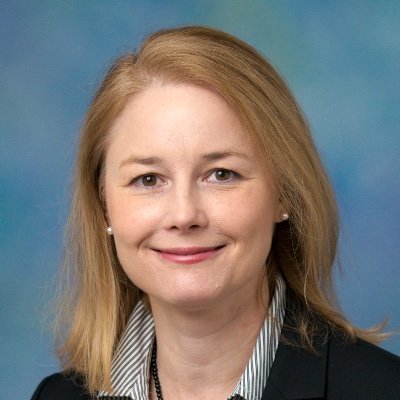
Lisa Materson is a UC Davis historian who studies women's involvement in politics and social movements.
It’s important to understand those evolving rights within specific communities. In 1920, even with the ratification of the 19th Amendment, plenty of women could not vote because they were members of populations ineligible for US citizenship, including Chinese immigrant women and most Native American women. Meanwhile in the US South, newly enfranchised African American women encountered the same obstacles that white supremacists had already used to deny African American men their ballot.
Finally, US citizens of US colonies like Puerto Rico were not — and are still not — eligible to vote for president or a voting representative in Congress.
Q: How were Black women kept from voting?
A: Many white southerners opposed the 19th Amendment specifically because they were concerned that African American women would vote in significant numbers if the amendment passed — and they were right.
Disenfranchising measures like poll taxes and so-called literacy tests did not specifically deny voting on the basis of race, but white officials applied them specifically to African American voters in ways to prevent them from voting. So, for example, “failing” a literacy test was a foregone conclusion, even among highly educated Black women. Such measures, coupled with white violence at the polls or the threat of violence, undercut Black women’s voting in the South.
Q: What changed that?
A: The 1965 Voting Rights Act (VRA) created measures to ensure federal oversight in places where there was significant obstruction to voting. And of course, that didn't just happen on its own: The VRA resulted from significant grassroots organizing, and women, especially African American women, were central to it ultimately becoming the law of the land.
Q: Are there ways in which our elections still disadvantage or disenfranchise women?
A: I think it's important to pay attention to current voter suppression measures that make it more difficult for people of color to vote. For example, reductions in the number of polling sites in some states created long lines to vote in many communities of color.
African American women voters have turned the tide in recent critical elections, but in order to do so many had to first endure excessive wait times. Historically, if people are making it harder for you to vote, that means your vote is powerful, and someone’s threatened by it.
—
“Historically, if people are making it harder for you to vote, that means your vote is powerful, and someone’s threatened by it.”
— Lisa Materson
Q: What is an example of how women’s participation has changed the game?
A: One example comes from Chicago. African American women’s electoral organizing helped to make the city a site of Black power in party politics by the early twentieth century. It remains so today.
Black women’s canvassing efforts could make or break candidates, particularly in primaries and fiercely partisan elections. With this leverage, activists like Ida B. Wells-Barnett and her Alpha Suffrage Club negotiated with machine politicians to get the candidates they wanted into office at the municipal and federal levels.
It’s not a coincidence that the first Black president has roots in Chicago. When Barack Obama began his climb up the political ladder in Illinois, he tapped into and benefitted from decades of such groundwork.
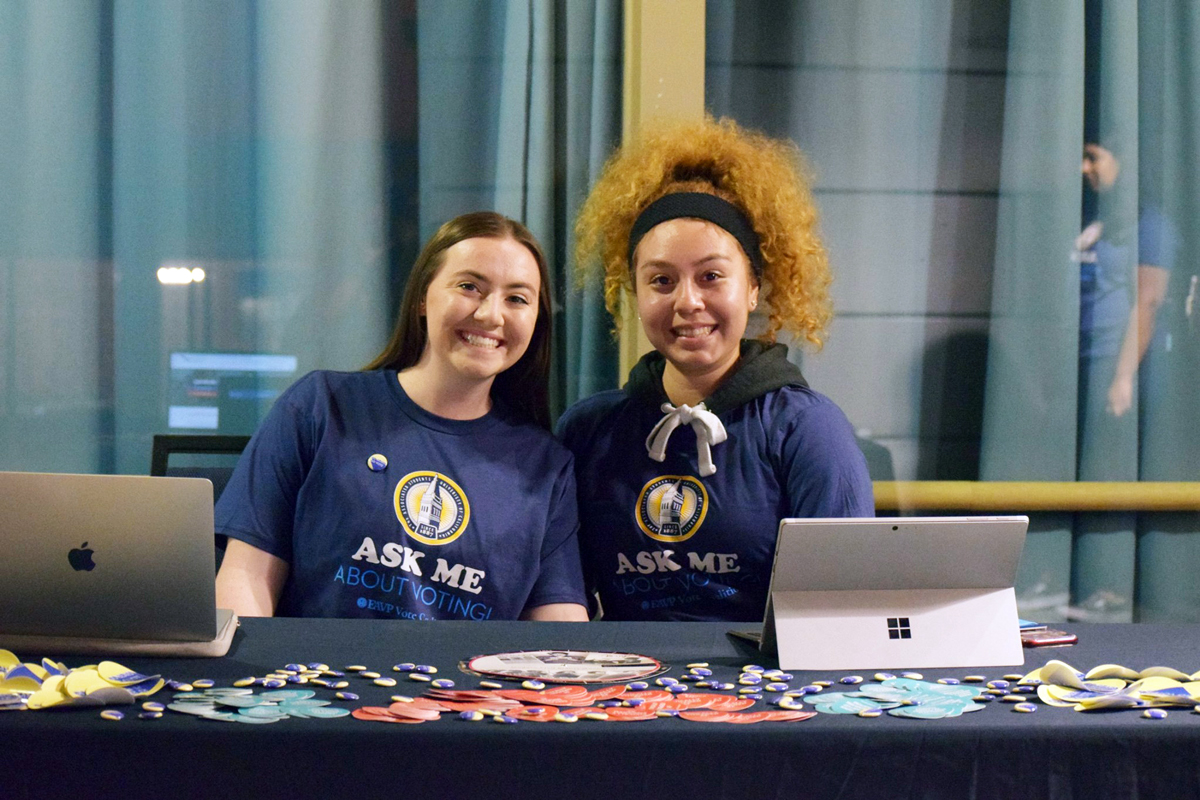
Q: Are there particular issues that matter more to women than men?
A: Not all women are the same. Overlapping social hierarchies of race, class, sexuality, and many other factors shape women’s lives. Women’s diverse identities and experiences influence their choices as voters, both in the past and today.
Many women, for example, strongly favor reproductive rights and reproductive justice. Others actively oppose legalized abortion or vote in ways that affect the affordability of reproductive health services.
Women have played important roles in advancing causes such as protecting children and improving community resources, but they can also be found on both sides of today’s most controversial issues.
—
“I tell my students to recognize their own power, and that they are part of a longer trajectory.”
— Lisa Materson
Q: If not specific issues, are there ways in which women have distinctly shaped politics and the way the game of politics is played?
A: Women have frequently grounded their political activism in maternalism. The politics of maternalism employs the identity of being a mother or the act of caregiving as a source of political authority and mobilization. It has played out historically on the Left and Right.
In the 1970s and early 1980s, for example, opponents of the Equal Rights Amendment asserted that such an amendment would undercut their mothering by forcing them into traditionally male social roles. In the late 1990s and early 2000s, women came together in Vieques, Puerto Rico, to protest US military operations there and protect their families from its many adverse effects, including suspected links between environmental contamination and childhood cancer. More recently, women activists in Black Lives Matter have emphasized that police violence threatens African American mothering.
Q: Beyond voting, how else have women historically participated in politics and wielded political influence?
A: Women have long been innovators of lobbying politics. Without voting rights, women of diverse backgrounds pursued pressure group politics — as abolitionists, temperance reformers, anti-lynching activists, and suffragists, to name a few examples. Through petition drives and grassroots organizing, they sought to influence male politicians who could vote.
Additionally, it’s often women, historically, who have done the essential behind-the-scenes labor that make campaigns successful — canvassing door-to-door, distributing flyers, and in recent elections, texting and calling from political call centers. Their leadership in such campaign work began before the 19th Amendment, and it continues to this day.
And of course, they have been office holders at multiple levels of government, from the women who ran for school boards in the nineteenth century to the 2020 election of Kamala Harris as vice president.
Q: We’ve recently seen a surge in women running for office. What’s driving the trend?
A: It’s interesting because 2018 was described as the so-called “year of the woman” because of the large numbers of women who ran and won office. Decades earlier, 1992 was also hailed as the “year of the woman.”
In both years, more women ran for office after public reckonings over sexual harassment and violence. In 1992, it took place following the Supreme Court hearings for the confirmation of Clarence Thomas and the widespread debate about sexual harassment that those hearings triggered. In 2018, this trend followed a presidential campaign with a recording of candidate Donald Trump bragging about sexual assault, and it was influenced by the grassroots organizing of women-led movements such as the Women’s March, Me Too, Black Lives Matter, and Say Her Name.
Q: What is your advice to women — especially new voters — who want to make their voices heard?
A: I encourage my students to recognize their own power and their strength in numbers — and also to recognize that they are part of a longer trajectory. We can’t always see where our efforts are leading, but we can work toward a just society. Turning out to vote is one of the most powerful tools for working to create the society you want.
Lisa G. Materson is a UC Davis historian focused on U.S. women’s political history and participation in social and political justice movements in the 19th and 20th centuries. Together with fellow UC Davis professor Ellen Hartigan-O'Connor, she is co-editor of “The Oxford Handbook of American Women’s and Gender History.”
